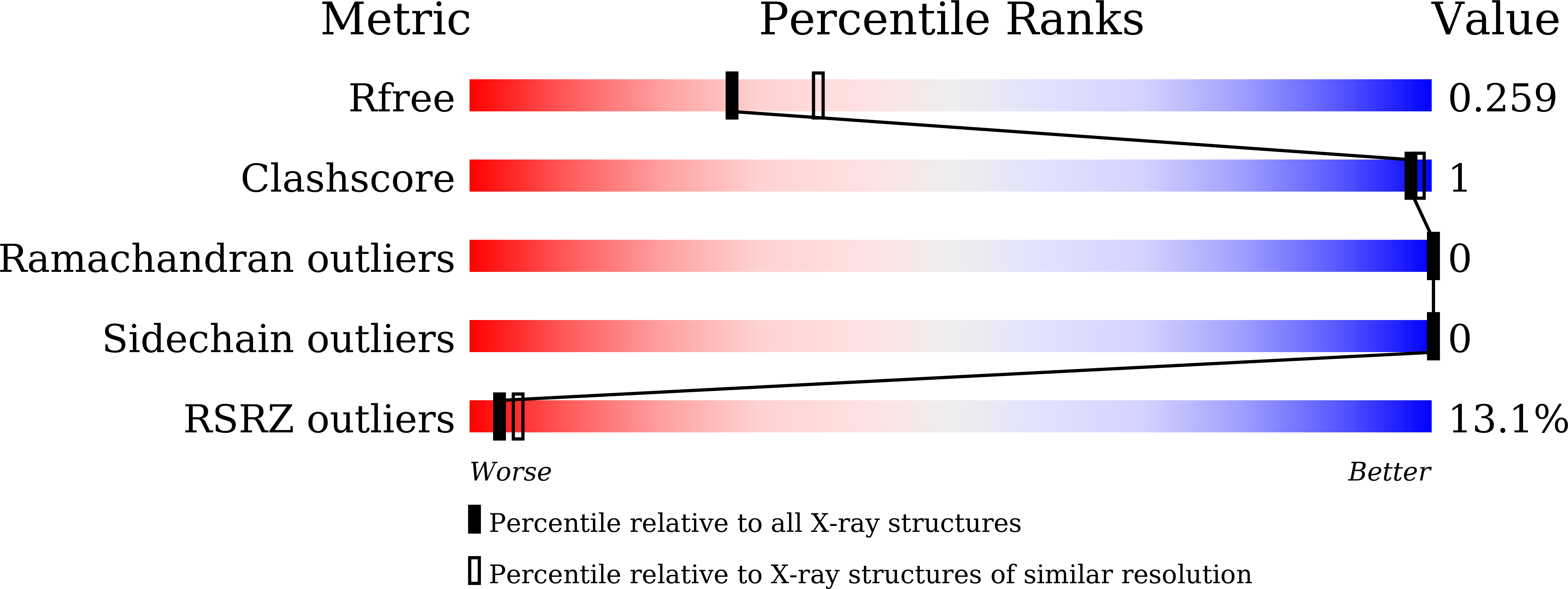
Deposition Date
2020-06-25
Release Date
2020-12-16
Last Version Date
2023-11-29
Method Details:
Experimental Method:
Resolution:
2.36 Å
R-Value Free:
0.25
R-Value Work:
0.22
R-Value Observed:
0.23
Space Group:
P 2 21 21


